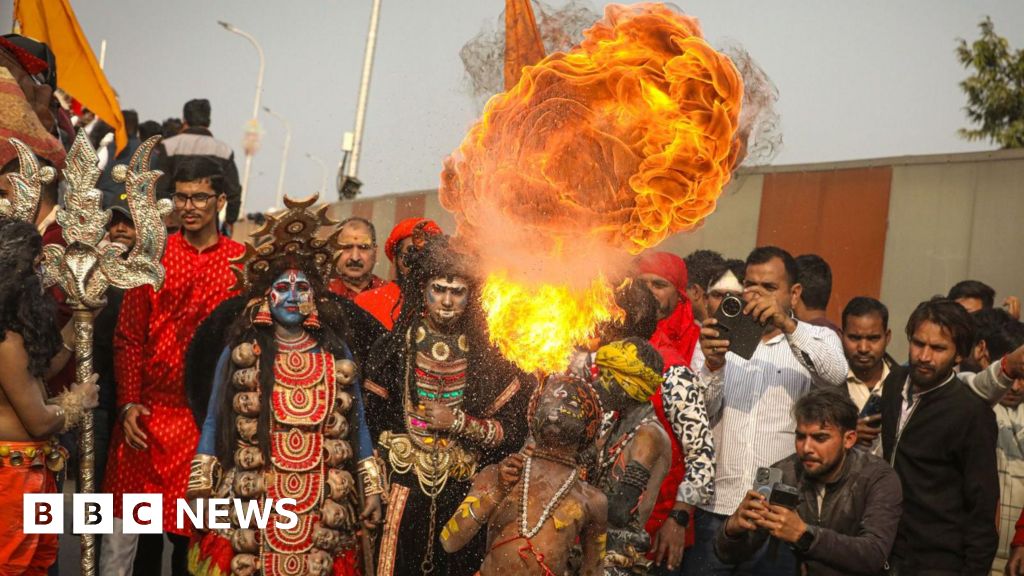ARTICLE AD BOX
By David Shukman
Science editor
image source, Getty Images
Despite all the promises to take action, the world is still on course to heat up to dangerous levels.
That's the latest blunt assessment of the United Nations.
Its experts have studied the climate plans of more than 100 countries and concluded that we're heading in the wrong direction.
Scientists recently confirmed that to avoid the worst impacts of hotter conditions, global carbon emissions needed to be cut by 45% by 2030.
But this new analysis shows that those emissions are set to rise by 16% during this period.
That could eventually lead to a temperature rise of 2.7C (4.9F) above pre-industrial times - far above the limits set by the international community.
"The 16% increase is a huge cause for concern," according to Patricia Espinosa, the UN's chief climate negotiator.
"It is in sharp contrast with the calls by science for rapid, sustained and large-scale emission reductions to prevent the most severe climate consequences and suffering, especially of the most vulnerable, throughout the world."
It's a stark warning about the scale of the challenge faced at the COP26 climate conference, scheduled to take place in Glasgow in just over six weeks' time.
The central aim of the giant event is to keep alive hopes of limiting the rise in global temperatures by persuading nations to cut their emissions.
Under the rules of the Paris Agreement on climate change, countries are meant to update their carbon reduction plans every five years.
But the UN says that of 191 countries taking part in the agreement, only 113 have so far come up with improved pledges.
Alok Sharma, the British minister who will chair the COP26 conference, said nations that had ambitious climate plans were "already bending the curve of emissions downwards".
"But without action from all countries, especially the biggest economies, these efforts risk being in vain."
A study by Climate Action Tracker found that of the G20 group of leading industrial nations, only a handful including the UK and the US have strengthened their targets to cut emissions.
In another analysis, the World Resources Institute and Climate Analytics highlight how China, India, Saudi Arabia and Turkey - together responsible for 33% of greenhouse gases - have yet to submit updated plans.
It says that Australia and Indonesia have the same carbon reduction targets they did back in 2015 - while the Paris Agreement is meant to involve a "ratchet mechanism" of progressively deeper cuts.
And the study finds that Brazil, Mexico and Russia all expect their emissions to grow rather than to shrink.
For the poorest countries - most vulnerable to rising sea levels and new extremes of heat and drought - seeing a rapid fall in the gases heating the planet is a priority.
Sonam P Wangdi, chair of the Least Developed Countries group, said: "G20 countries must take the lead in quickly cutting emissions to mitigate climate change.
"These are the countries with the greatest capacity and responsibility, and it's well past time they step up and treat this crisis like a crisis."
There are hopes that China may revise its climate plans ahead of the Glasgow conference.
As the world's largest emitter, it has previously said it aims to peak its emissions by 2030 and achieve carbon neutrality by 2060.
An announcement soon of more ambitious targets would give the talks a significant boost but there are no clues about when - or even whether - that might happen.

 3 years ago
41
3 years ago
41








 English (US) ·
English (US) ·